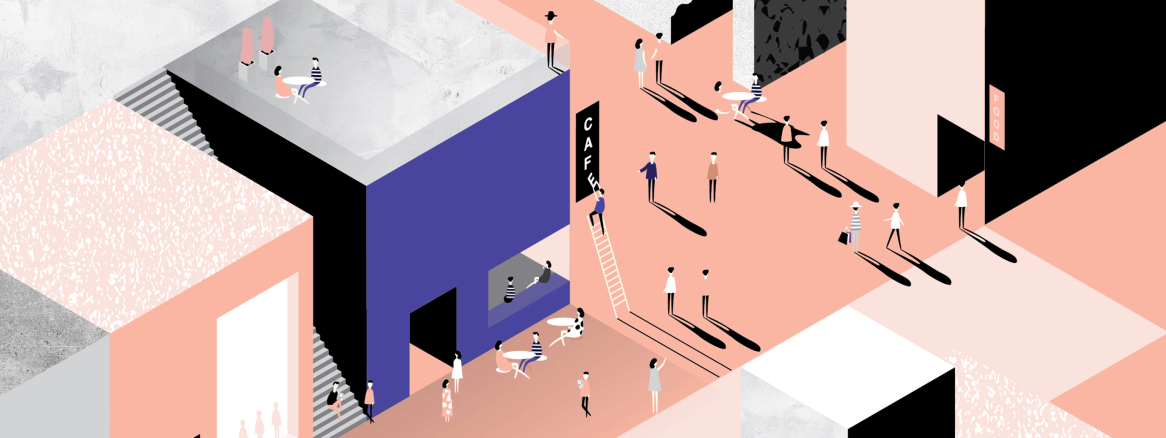The changes, at first, may feel surreal, with people wearing masks, separated by partitions and avoiding physical contact – no more fist bumps, hugs or handshakes. It might be a little lonely because many of our coworkers will still be at home as companies ramp up operations in phases, bringing people back in waves. But over time a new “normal” will emerge. There is a lot of conjecture about what “normal” will be going forward, but we know that the global COVID-19 pandemic will change the workplace forever. The opportunity ahead of us is to make the office even better than it was before the crisis.
Wave 1: Responding in the Now
The immediate priority for businesses, universities and health organisations is to bring people back to work as quickly and safely as possible. People are weary of the personal and economic toll the pandemic has taken on their lives. Their priority is to get back to work so they can provide for themselves and their families, but only if they feel safe doing it. That means organisations need to retrofit the workplace with what they have today, using the health guidelines available now, to keep the first wave of workers – up to 50% – safe.
Design Ideas: Sensible strategies include practicing physical distancing, like moving desks apart and removing chairs, adding barriers, enhancing cleaning and safety measures, as well as supporting those who are working from home longer.
Wave 2: Planning for the Near-term
As the first wave of workers adjust, organisations can start implementing changes to reconfigure the workplace that will feel more natural and allow more people to return. Scientists will learn more about how this particular coronavirus behaves which can help guide organisations’ plans for the near-term.
Design Ideas: This could include new layouts in the space to help physical distancing feel more comfortable such as adding new elements to workstations, like glass or higher screens. New bleach-cleanable fabrics will be introduced. Travel is likely to be limited for some time which means the workplace needs to provide more and better options for videoconferencing. Some organisations will continue to support working from home as a strategy to reduce density in the workplace, where others may redeploy real estate in new ways.
Wave 3: Looking Toward the Far
The pandemic seems to condense time, and days feel like weeks. So, the “far” may not be that far away. There will be an urgency to not just get back to where we were, but to move forward, be resilient and thrive. As we reinvent the workplace, science-based solutions will integrate with emerging technology to deliver employee safety and an even higher level of employee wellbeing.
Design Ideas: This means that planning paradigms driven by density and costs need to shift — think adaptability instead of permanence, fluid instead of fixed. People now have a whole new appreciation for being together and will want to feel a renewed sense of community. Virtual and physical experiences will bring people together in new ways to create a sense of belonging.
Companies that try to return to the way things were before COVID-19 will probably struggle. They need to reinvent because volatility is inevitable, and the workplace needs to be ready to rapidly respond to the next disruption. The role of the workplace in a post-COVID-19 world is more important than ever.







.png)


